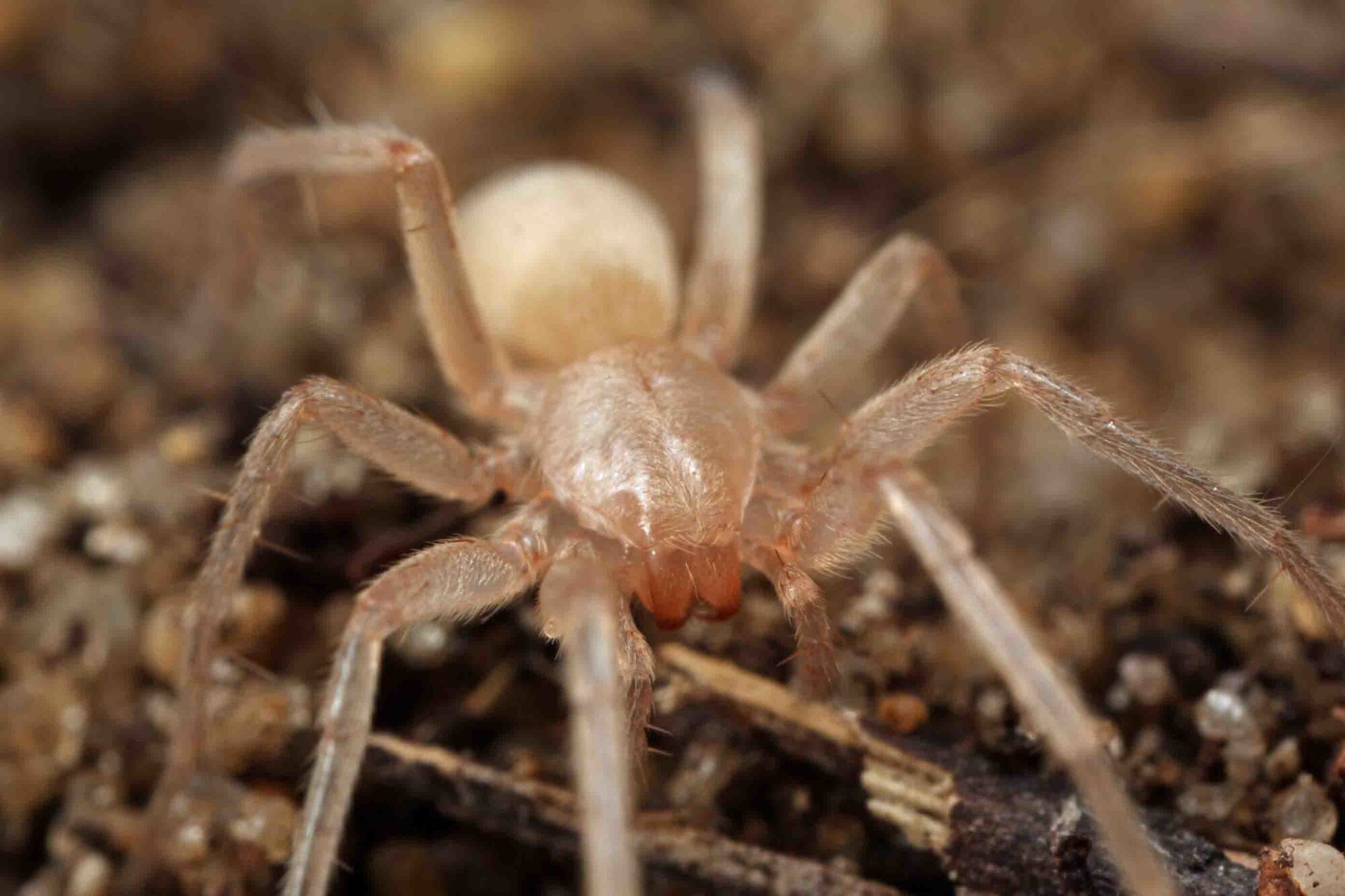We know that the Pilbara hosts a plethora of unique vertebrate animals – with the region’s reptiles, in particular, often diverging from similar species widespread across the arid zone and with look-alike species often harbouring much cryptic diversity. Is this also so for the invertebrates – ‘the movers, shakers and ecosystem makers’ that everywhere make up the bulk of biomass? We know it is the case for subterranean invertebrates, with their ‘astonishing’, globally significant levels of diversity and uniqueness in the Pilbara. But for most terrestrial and freshwater invertebrate groups, too little is known about their taxonomy, diversity and biogeography in the Pilbara and elsewhere in Australia to discern the significance of the region. Symptomatic of the national neglect of the spineless is that fewer than a third of Australia’s estimated number of invertebrate species have even been described.
Take scorpions, for example – important predators (and prey for other species) in arid ecosystems. Of the 22 species collected in the Pilbara from 2003 to 2006 during the Western Australian Government’s biodiversity surveys, just one had been scientifically described. Ten of the undescribed species are in genus Lychas, the most widely distributed scorpion group in Australia. This is double the number of Lychas species described for all of Australia, but because there are many undescribed Lychas elsewhere, their relative richness in the Pilbara is unknown.
A similar situation applies to spiders – only 15% of the 375 ground-dwelling species (dominated by jumping, ant and goblin spiders) collected during the biodiversity surveys had been described. The number of goblin spiders collected (70 species) far exceeded the number described in Australia at that time but a few dozen species have since been described and hundreds of other undescribed specimens exist in museum collections.
Trapdoor spiders and their kin (Mygalomorphae) are of high conservation interest, susceptible to decline because they tend to be long-lived, specialised for particular habitats and unable to disperse far. Twenty-eight trapdoor spiders with small ranges are listed as threatened or priority species in Western Australia. Trapdoor spiders are difficult to survey because in most species only the males can be reliably identified (and not in all cases) but males make up only about 5% of specimens collected. The Pilbara survey recorded 36 species but, as is the case for lizards, they are much more diverse than appearances suggest. A recent genetic study, for example, found that the spider described as Aname mellosa has a spectacular 10 distinct genetic lineages in the Pilbara whose members can’t be distinguished by appearance alone. There are only 32 described Aname species across Australia.
About a third of the 429 ground-dwelling beetle species collected in the Pilbara biodiversity surveys had been described, but many more are yet to be discovered. The Pilbara ‘may be an important and previously unrecognised refugial area’ for beetles, with a high rate of endemism – about a third of the collected species were locally endemic. Many are flightless, indicating limited habitat but a ‘generally stable’ environment.
Surprisingly, the Pilbara is also a refugial area for land snails – with several species unique to the region. Many have small ranges, making them vulnerable to major developments. Snails’ secret to living in the Pilbara is their capacity to shut down when it is dry and hot – some can survive 2–3 years of dormancy, under large rocks, in deep crevices or buried in soft soils – and then quickly eat and mate during the first few days after a storm. ‘Whether they eat or mate first when the rain comes probably depends on when they meet another snail’. Life is slow for arid-zone snails. Rhagada capensis, a 2-centimetre snail from coastal Pilbara, takes 5 years to reach maturity and then lives another 5 or so years. Most recent species discoveries have resulted from surveys for mining projects, indicating there are likely to be many undiscovered species.
For an arid zone, the Pilbara also has a diverse array of aquatic invertebrates, particularly at the level of individual wetlands. This is probably due in part to the abundance of wetlands maintained by groundwater aquifers and the diversity of habitats in river pools. Over 1,000 species – mainly flies, beetles, rotifers, water mites and micro-crustaceans – were recorded in surveys of 100 wetlands, and there are probably about 1,200 species altogether. About a fifth are known only from the Pilbara and close to half may be undescribed. Some rare or restricted species occur in permanently flowing springs (such as in Millstream and Karijini National Parks) and in ephemeral wetlands such as Fortescue Marsh and freshwater claypans.
Thirteen invertebrate species endemic to the Pilbara are listed as threatened or priority species by the state – most are subterranean – and 7 are listed internationally.
